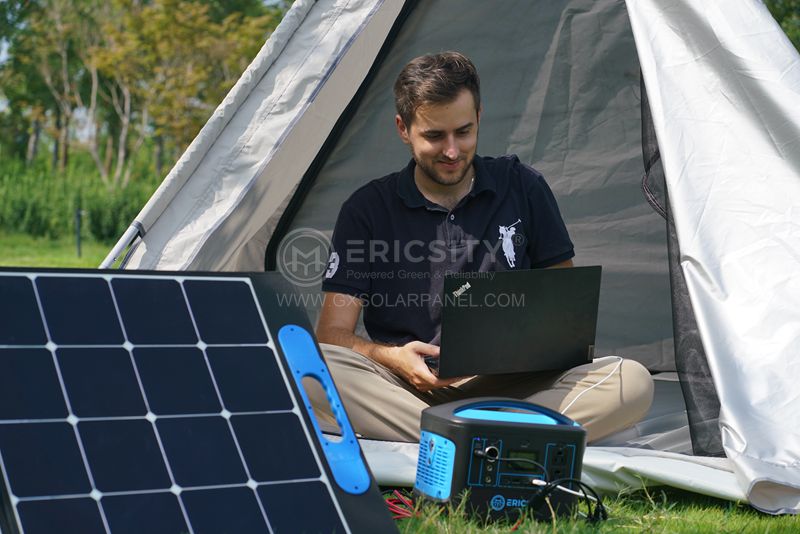HOT PRODUCT
Product Details
The Science Behind 40w Flexible Solar Panels: How They Generate Energy
Title: The Science Behind 40W Flexible Solar Panels: How They Generate Energy
Introduction:
As the world seeks to transition to cleaner and more sustainable sources of energy, solar power has emerged as a valuable solution. Among the latest advancements in solar technology are 40W flexible solar panels, which offer improved efficiency and versatility. In this article, we explore the science behind these innovative panels and how they generate energy.
1. Photovoltaic Effect:
At the heart of every solar panel lies the photovoltaic effect. This fundamental principle allows solar panels to convert sunlight into electricity. Photovoltaic (PV) cells, typically made from silicon, are responsible for capturing the sun’s energy. When sunlight hits the solar panel, photons in the light rays excite electrons within the PV cells, causing them to break free from their atoms.

2. Thin-Film Technology:
One of the key features of 40W flexible solar panels is their use of thin-film technology. Instead of relying on traditional rigid silicon-based cells, thin-film solar panels use different semiconductor materials, such as amorphous silicon or cadmium telluride. These materials are applied in a thin layer, allowing for flexibility and reduced weight.


3. Flexible Substrate:
To achieve flexibility, 40W flexible solar panels utilize a flexible substrate. This substrate, typically made of materials like plastic or metal, provides the necessary support for the thin-film semiconductor layers while allowing the panel to bend. This flexibility opens up a range of potential applications, from curved surfaces on buildings to portable solar chargers.
4. Light Absorption and Direct Current (DC) Output:
Once sunlight is absorbed by the PV cells, the energy is converted into electricity. The semiconducting materials in thin-film solar panels have different levels of light absorption, allowing them to efficiently capture energy even in low-light conditions. The collected energy is then converted into direct current (DC) electricity.

5. Junction Box and Connectors:
To facilitate the connection of multiple solar panels and enable easy integration into a solar system, 40W flexible solar panels feature a junction box. This box houses diodes and connectors, ensuring the smooth flow of electricity between panels. The connectors allow for easy installation and disconnection, making it convenient to set up and maintain solar energy systems.
6. Power Conversion and Storage:
To utilize the electricity generated by the 40W flexible solar panels, it must go through a power conversion process. In most cases, an inverter is used to convert the DC power into alternating current (AC) electricity, which is the standard form used in homes and businesses. Excess energy can be stored in batteries for later use, providing a renewable energy source even when the sun is not shining.
Conclusion:
The 40W flexible solar panels represent an exciting development in solar technology, offering increased efficiency, adaptability, and ease of use. By harnessing the photovoltaic effect, utilizing thin-film technology, and incorporating flexible substrates, these panels can generate electricity from sunlight in a reliable and sustainable manner. As solar power continues to gain momentum in the transition to renewable energy, the science behind these flexible panels plays a vital role in unlocking their full potential.




